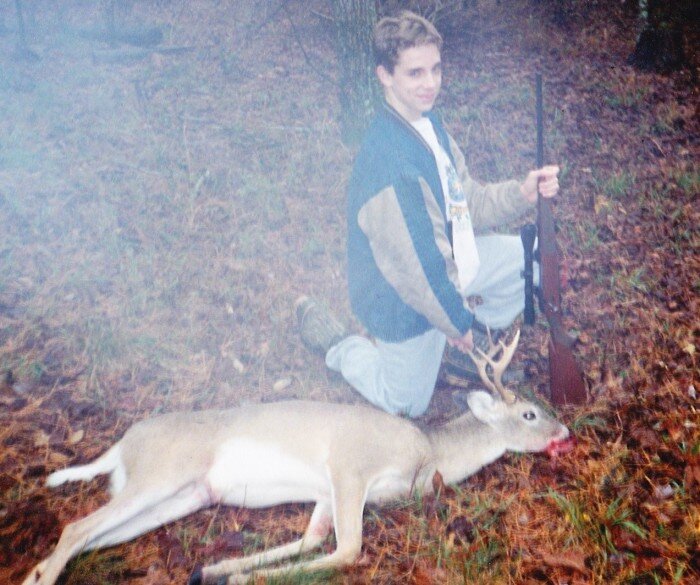Best Photography Background Manipulation Tricks
Photography background manipulation can make your subjects pop, and there are at least three ways to manage it.
Long telephoto lens. A powerful telephoto minimizes depth of field and shrinks the angle of coverage. You see smaller chunks of background and they get so blurred that viewers hardly notice them. Subtle differences in color and reflectivity retain a "natural" look that is usually less artificial looking than a uniform, painted background.
Shadow and light. Backgrounds can be darker or lighter than subjects, changing the "feel" of the image.
Minimum depth-of-focus. Set your lens to an open aperture like f/2.8, 3.5, or 5.6 to help blur the background. The trouble with this is that you can also lose depth need to clearly show the subject. My solution is to increase focal length (a 400mm lens instead of 200mm, for instance,) get extremely close to the subject, and compensate for the long lens's inherently limited depth-of-focus by shooting at f/11, 16, 22, or 32. A close up, screw on diopter "filter" can increase close focus distance of nearly any lens. So can a glassless extension tube between camera and lens.
Color: Background color or tone can compliment or detract from your subject.
Clean backgrounds. Beware of cluttered backgrounds with dramatically lighter or darker areas. Bright branches and twigs, for instance, can still create distracting elements even while being blurry.
You can and should preview your shots by using your depth-of-focus preview button if your camera permits it. This stops down the aperture to show you the real effect of the aperture you've chosen. Obviously, a tripod makes all of this much easier. My procedure is to "scout" the image with the handheld camera until I find the right combination of background, light, shadow and color, then set up the tripod. This is a lot easier done with flowers than songbirds!
Photos Illustrating Photography Background Manipulation
Image shows how photography background manipulation makes a flower stand out dramatically.
Ron Spomer is a self-taught photographer who's been slowly learning the craft since 1972. The switch to digital set him back significantly. "Too many options!" he howls. He still doesn't know how to use Photoshop!










